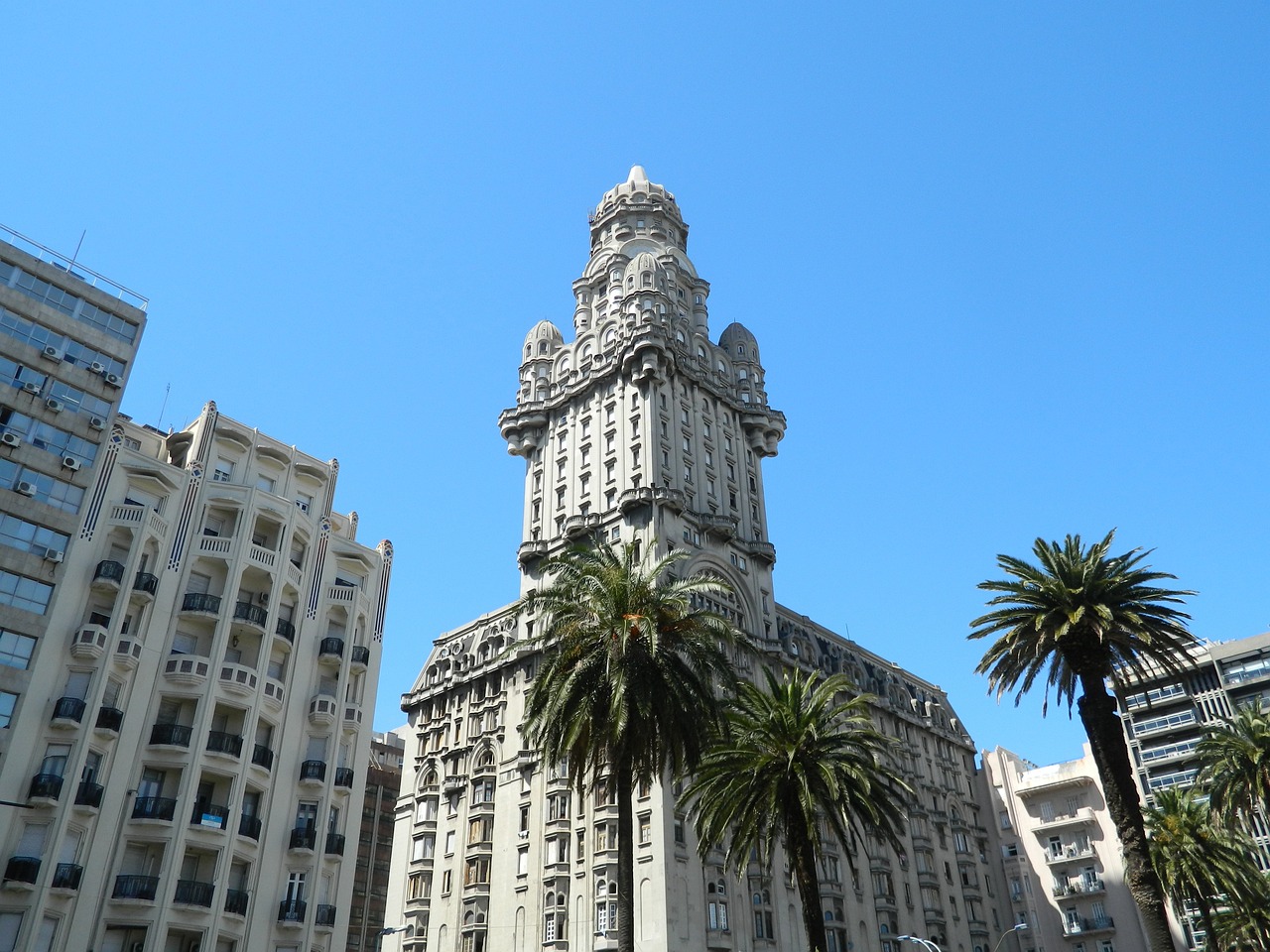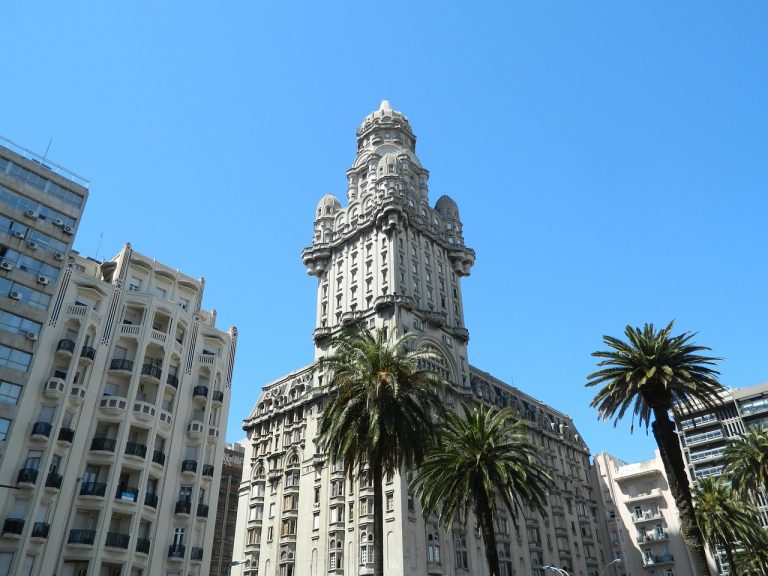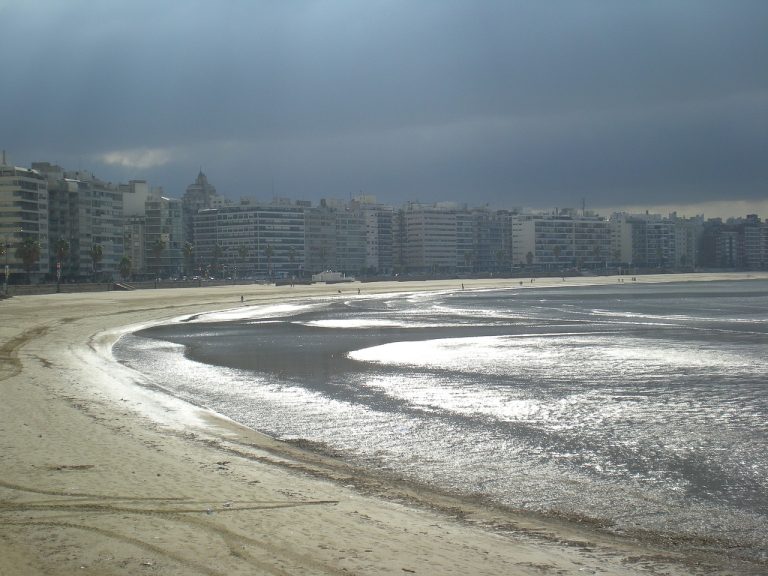Montevideo Uruguay Video
Social and Cultural Impact of Montevideo Uruguay
Montevideo, the capital city of Uruguay, holds a significant social and cultural impact within the country. This vibrant city is known for its rich history, diverse population, and cultural landmarks. From its stunning architecture to its lively festivals, Montevideo offers a unique blend of traditions and modernity. Let’s explore the various aspects of Montevideo’s social and cultural impact.
Urban Landscape and Architecture
Montevideo boasts an impressive urban landscape filled with architectural gems that reflect the city’s history and cultural heritage. The Ciudad Vieja, or Old Town, is a UNESCO World Heritage site and features colonial-style buildings, narrow streets, and charming squares. The Palacio Salvo, a prominent landmark, showcases eclectic architectural styles and offers breathtaking views from its observation deck.
- Plaza Independencia: This central square is home to the iconic Palacio Estévez and Palacio Salvo. It serves as a gathering place for locals and tourists, hosting cultural events and celebrations.
- Torre de las Telecomunicaciones: This telecommunications tower stands tall as a symbol of modernity in Montevideo’s skyline. It offers panoramic views of the city and is a popular tourist attraction.
- Teatro Solís: Montevideo’s oldest theater, the Teatro Solís, is a cultural landmark that hosts a variety of performances, including opera, ballet, and theater.
Montevideo Uruguay Image 1:

Music and Dance
Music and dance play a significant role in Montevideo’s social fabric, reflecting the city’s cultural diversity and artistic expression. The tango, a passionate and sensual dance, has deep roots in Montevideo. The city is home to numerous tango clubs and milongas, where locals and visitors can experience the captivating rhythms and movements of this iconic dance.
- Candombe: Candombe is a traditional Afro-Uruguayan rhythm and dance form that originated in Montevideo. It is performed during Carnaval and other cultural celebrations, with groups of drummers parading through the streets.
- Murga: Murga is a unique musical genre that combines singing, dancing, and theater. It emerged in Montevideo and is often performed during Carnaval, addressing social and political themes with humor and satire.
- Folk Music: Montevideo embraces its folk music roots, with peñas (folk music clubs) showcasing traditional music styles such as zamba, chacarera, and milonga.
Gastronomy and Mate Culture
Uruguayan cuisine is heavily influenced by European traditions, particularly Spanish and Italian. Montevideo offers a diverse culinary scene, with restaurants and street food vendors serving up delicious dishes that cater to various tastes.
- Asado: Asado, a traditional Uruguayan barbecue, is a quintessential culinary experience. Montevideo is home to numerous parrillas (steakhouses) where locals and visitors can enjoy tender grilled meats.
- Chivito: The chivito, a hearty sandwich made with tender beef, ham, cheese, and various toppings, is a popular street food in Montevideo.
- Mate: Mate, a traditional South American drink, holds immense cultural significance in Uruguay. Montevideo’s residents often gather in parks and plazas to share mate, fostering a sense of community and social connection.
Montevideo Uruguay Image 2:

Festivals and Events
Montevideo is known for its vibrant festivals and events that showcase the city’s cultural diversity and artistic talent. These celebrations bring people together and contribute to the social fabric of the city.
- Carnaval: Montevideo’s Carnaval is one of the largest and most famous in South America. It features colorful parades, vibrant costumes, and lively music and dance performances.
- Montevideo Tango Festival: This annual festival celebrates the passion and elegance of tango. It attracts renowned tango artists and offers workshops, shows, and milongas for tango enthusiasts.
- MUMI: The Montevideo World Music Festival (MUMI) showcases diverse music genres from around the world, promoting cultural exchange and appreciation.
Sports and Recreation
Sports play a vital role in the social fabric of Montevideo, with football (soccer) being the most popular sport in Uruguay. The city is home to several football clubs and hosts matches that bring together passionate fans.
- Estadio Centenario: Montevideo’s iconic stadium, Estadio Centenario, hosted the first-ever FIFA World Cup final in 1930. It holds historical significance for Uruguayan football and remains a symbol of national pride.
- Rambla de Montevideo: The Rambla, a scenic promenade along the coastline, offers recreational spaces for locals and visitors to enjoy outdoor activities such as jogging, cycling, and picnicking.
- Pocitos Beach: Pocitos Beach is a popular destination for beachgoers, offering golden sands and tranquil waters. It attracts both locals and tourists looking to relax and soak up the sun.
Montevideo Uruguay Image 3:

Education and Cultural Institutions
Montevideo is home to numerous educational institutions and cultural organizations that contribute to the city’s intellectual and artistic development.
- University of the Republic: The University of the Republic is Uruguay’s largest and most prestigious university. It offers a wide range of academic programs and plays a crucial role in shaping the country’s intellectual landscape.
- National Museum of Visual Arts: The National Museum of Visual Arts showcases a diverse collection of Uruguayan and international art, providing a platform for artistic expression and cultural exchange.
- Centro Cultural de España: The Spanish Cultural Center promotes cultural exchange between Uruguay and Spain through exhibitions, performances, and educational programs.
Conclusion
Montevideo’s social and cultural impact is undeniable, as the city embraces its rich heritage while embracing modernity. From its architectural landmarks to its vibrant festivals and diverse culinary scene, Montevideo offers a unique experience that reflects the spirit of Uruguay. The city’s social fabric is woven with music, dance, sports, and a strong sense of community, making it a captivating destination for locals and tourists alike.
References
– petitpalace.co.uk
– unesco.org
– teatrosolis.org.uy
– uruguaynatural.com
– mvdworldmusic.com
– mvd.tur.ar
– mhn.gub.uy
– cce.org.uy






